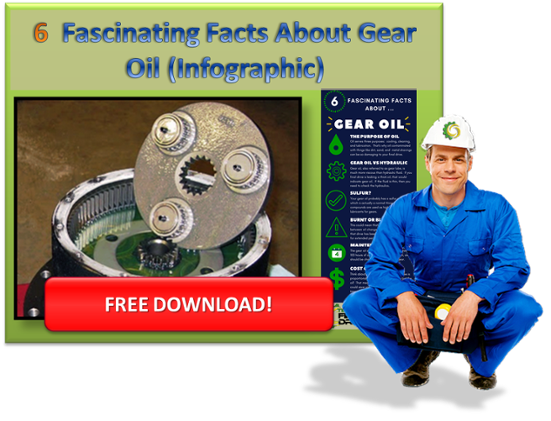Surface damage such as scratches or pitting on key parts inside your final drive may not seem like a big deal, but you'd be surprised at the impact they can have on your drive motor's performance.
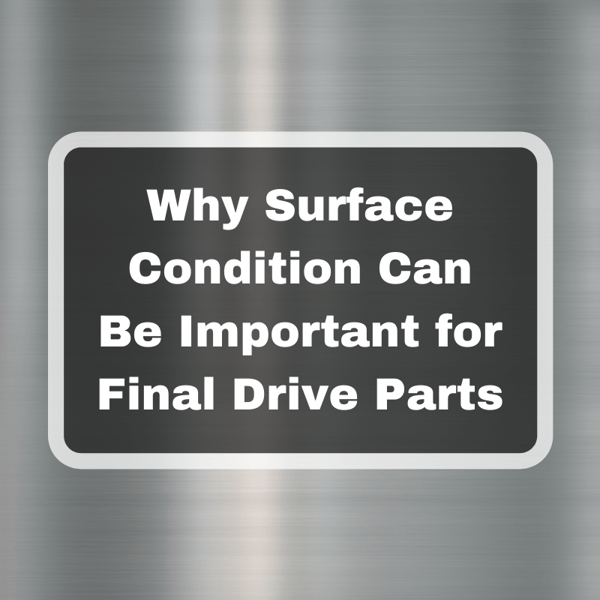
Here are a few other blog posts you might be interested in ...
Surface Condition
There are certain components within a final drive hydraulic motor that must meet very stringent tolerances for surface condition. If you've watched some of the videos on our YouTube channel, you may have noticed that we look closely at the surface of certain key parts for damage in the form of scratches, pitting, and general wear. That's because the condition of these surfaces can impact the performance of your final drive motors.
Why Surface Condition Matters
So why does the surface condition of some parts matter so much? The answer lies in the relationship between torque and power.
Quick Review: Torque and Power
Here is the equation that relates torque (T) to power (P) and rotational speed (ω):
P = T ⋅ ω
The torque generated by your final drive motor is then given by this equation:
T = P / ω
Any loss of power translates into a loss of available torque.
Fluid Interactions with Rough Surfaces
As hydraulic fluid flows over a rough surface, it will lose some of its power because of how the fluid interacts with the surface.
Surface damage will increase friction, which will lead to power losses as more work is required to overcome the friction. Such losses may be minor at first, but as the damage increases, the losses will become more noticeable.
Escape Paths
Surface damage can also cause hydraulic fluid to go where it isn't supposed to go. Pressurized fluid will always take the path of least resistance, and surface damage can provide that path. When hydraulic fluid follows the wrong path, your drive motor won't be able to product as much torque. (And let's face it: a popular escape path for hydraulic fluid is a leaking seal!)
Types of Surface Damage
Let's talk about the different types of surface damage you might see in a final drive motor. Keep in mind that this is not a complete list, but serves as more of an introduction.
Scratches
Scratches result from abrasive contamination in the system, whether in the fluid on the hydraulic side or the gear oil on the planetary side. Most abrasive contamination comes from the outside, but it can also be generated inside the final drive. Generated contamination can results from a catastrophic failure or wear or damage inside the drive motor that releases metallic particles.
Note that wear can be accelerated by abrasive contaminants in the hydraulic fluid or lubricants, when there isn't enough lubricant present, or when the lubricant has aged to the point that it simply doesn't work anymore.
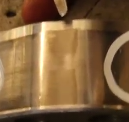
Scratches can be signs of excessive wear, especially if they are present in a pattern as illustrated in the image above.
Pitting
In a hydraulic motor, pitting occurs as a result of cavitation. As the name implies, this type of damage looks like small pits, and when enough pits form there can be a significant amount of metal missing. Pitting can seriously compromise key surfaces in your drive motor, decreasing the power that the fluid provides which in turn reduces the torque that can be generated.
Basically, pitting occurs when minuscule bubbles form in the hydraulic fluid near a metal surface and burst. Because they are so small and they burst with such intensity, they basically form pit shapes on the metal. Needless to say, that metal has to go somewhere. This is another example of generated contamination. If present, pitting will most likely be found on the thrust plate or cam ring.
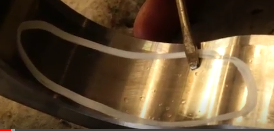
Cavitation on final drive motors usually happens when there is water in the hydraulic fluid, so it can be avoided by keeping your hydraulic fluid from unnecessary exposure to moisture and water.
Galling
Galling can result when two surfaces adhere to one other (i.e., stick) as they slide against each other under a heavy load, much like frictional welding but on a much smaller scale. As the surfaces continue to slide, the adhesion tears and leaves a rough surface behind. Needless to say, that rough surface can lead to even more galling and will always result in increased friction.
Galling usually occur when surfaces slide against each other under significant pressure without enough lubrication present. It most often affects bushings and bolts.
Fretting
Fretting often occurs in connection with bearings and, like galling, occurs when two surfaces are in direct contact. The difference is, however, that the movement that results in fretting is usually vibration or oscillation. It causes the interacting surfaces to roughen, can generate internal contamination, and lead to increased friction. Fretting, which can look like pitting, doesn't usually occur when there is enough lubrication present.
Cracking
Cracking is never a good thing to see inside your final drive motor. You may think its ok to ignore tiny cracks, but those cracks can spread at the speed of sound (no joke). The root of the crack forms a stress concentration, which means the stresses right at the tiny point can be tens or hundreds higher than the stress around it. That's why cracks can spread so fast, and why they can lead to devastating and unpredictable failure.
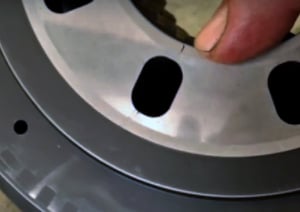
Cracks are usually caused by excessive loading, but they can be made much worse if the component is susceptible to stress corrosion cracking (where the presence of corrosion and tensile forces results in cracks forming at much lower forces and stresses).
Conclusion
In summary, we can see that surface damage can be caused by ...
- Normal wear and tear
- Excessive loads
- Cavitation
- Abrasive contamination in the hydraulic fluid
- Abrasive contamination in the gear oil
- Insufficient or wrong type of gear oil
While some surface damage is simply the natural result of wear and tear, you can minimize its effects and occurrence through (1) keeping lubricants and hydraulic fluid free of contamination, (3) checking lubricant levels regularly, and (3) not overloading your equipment.


